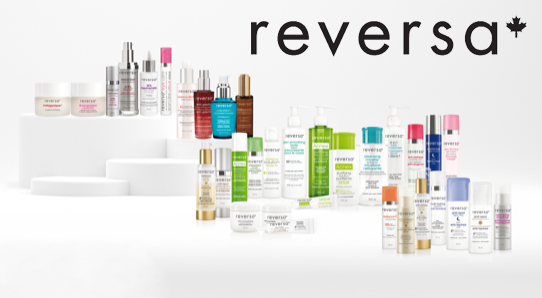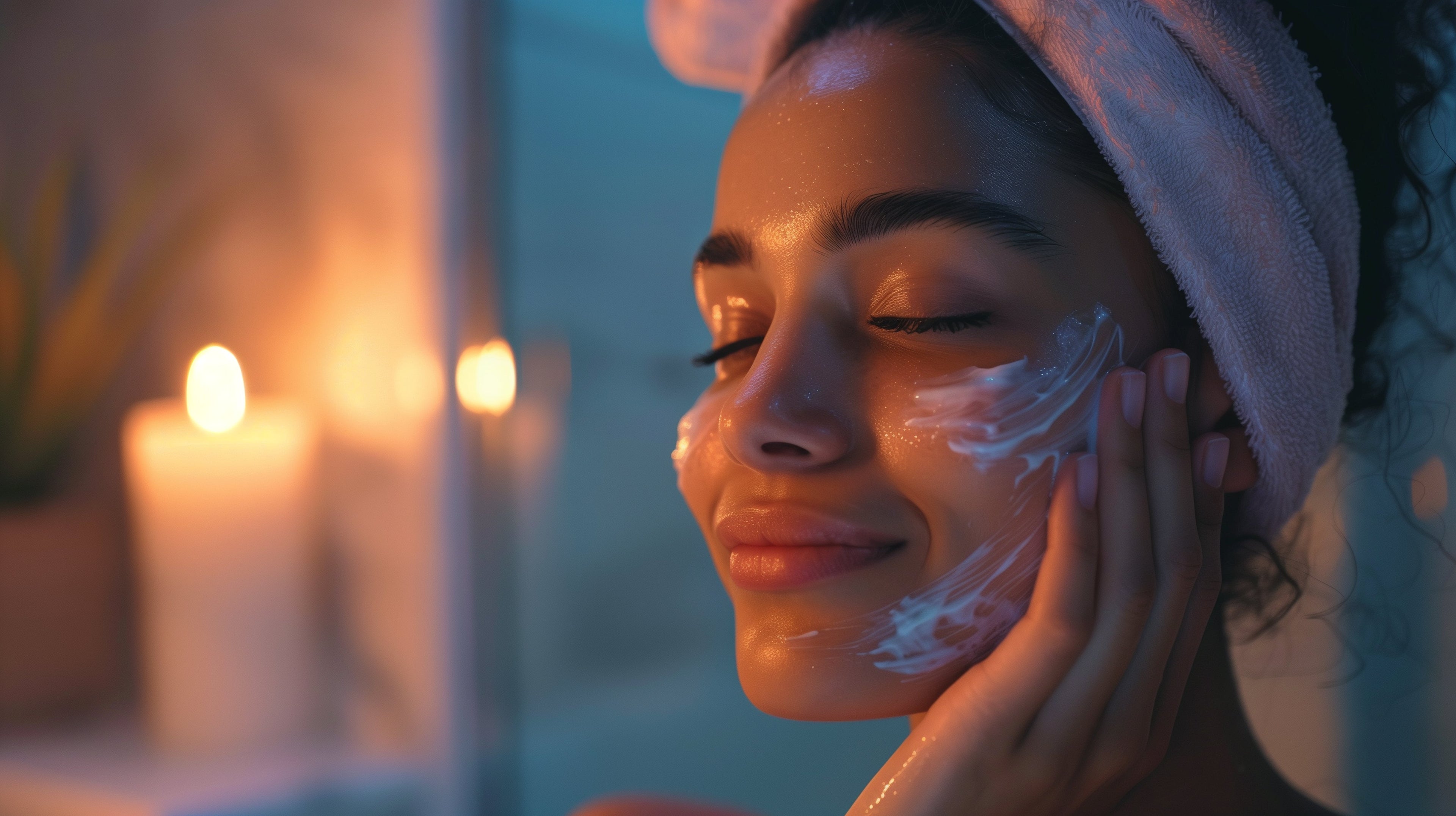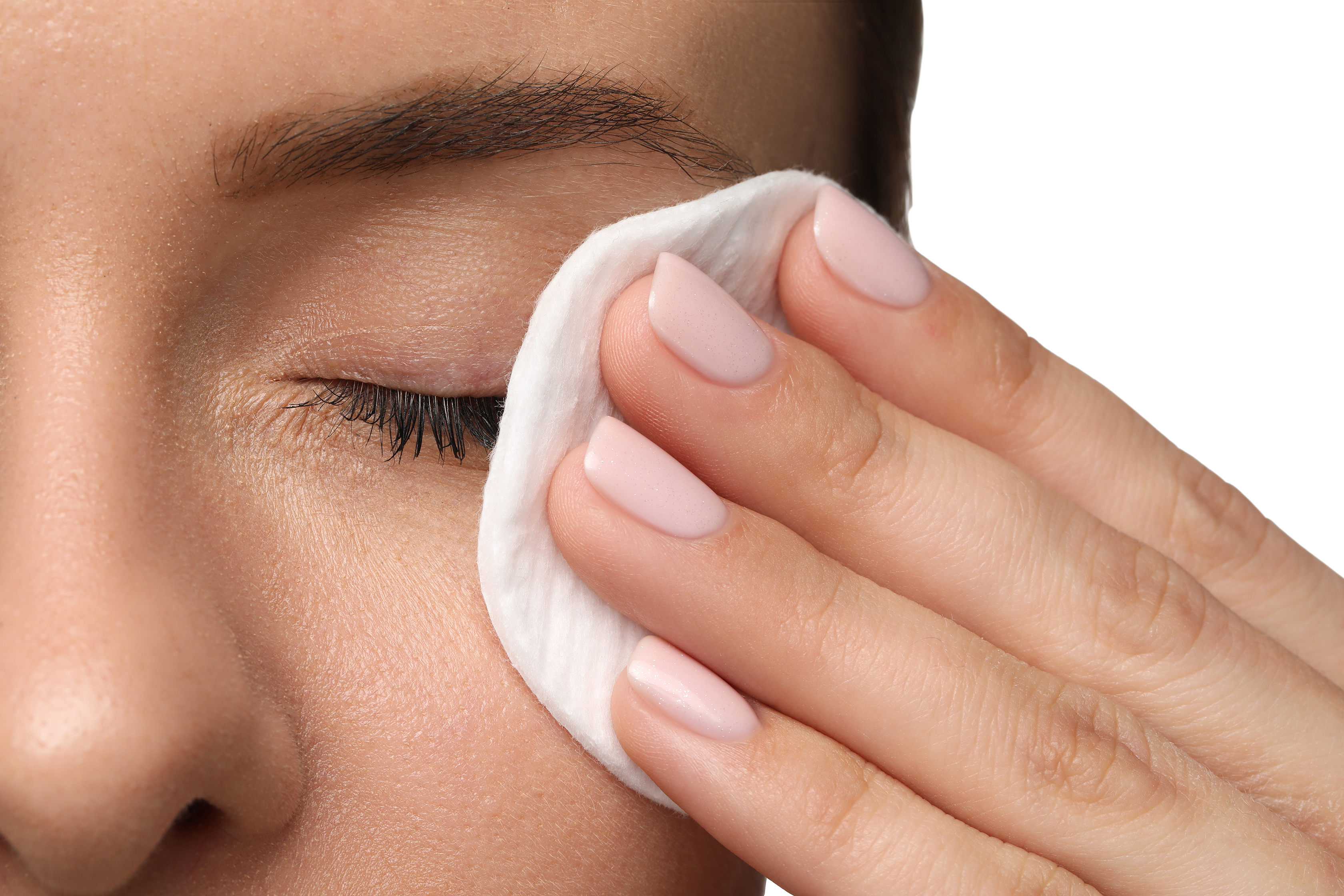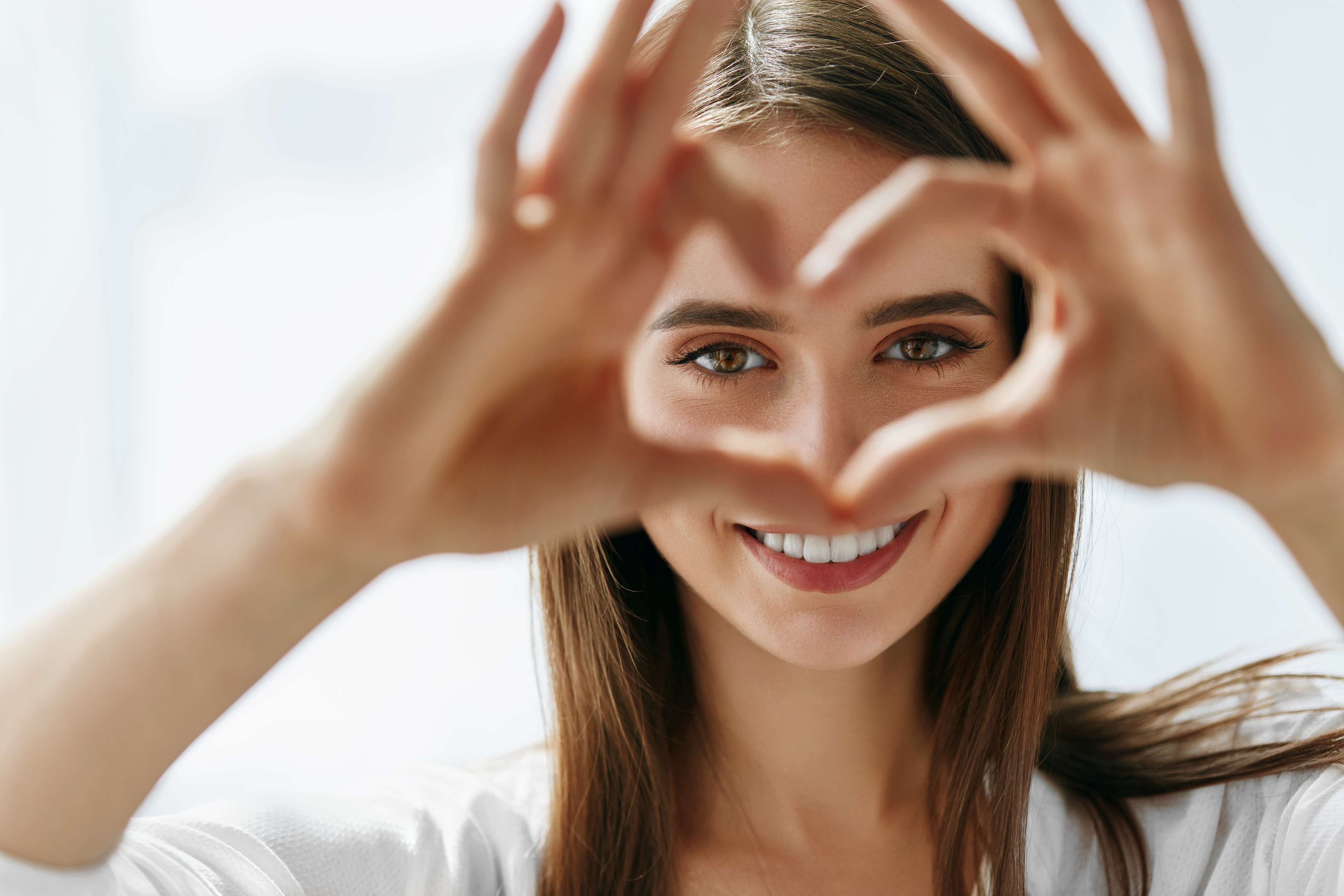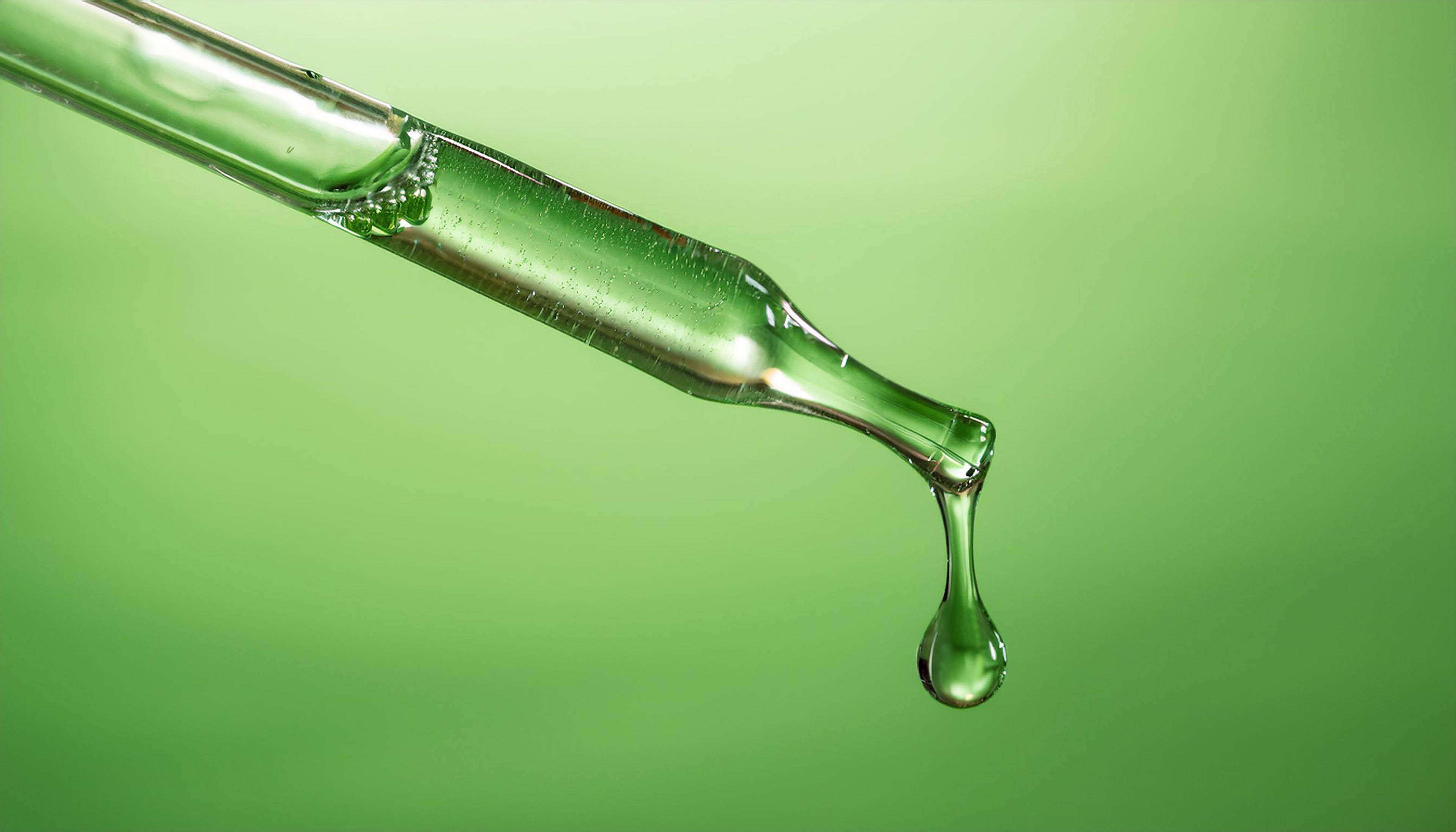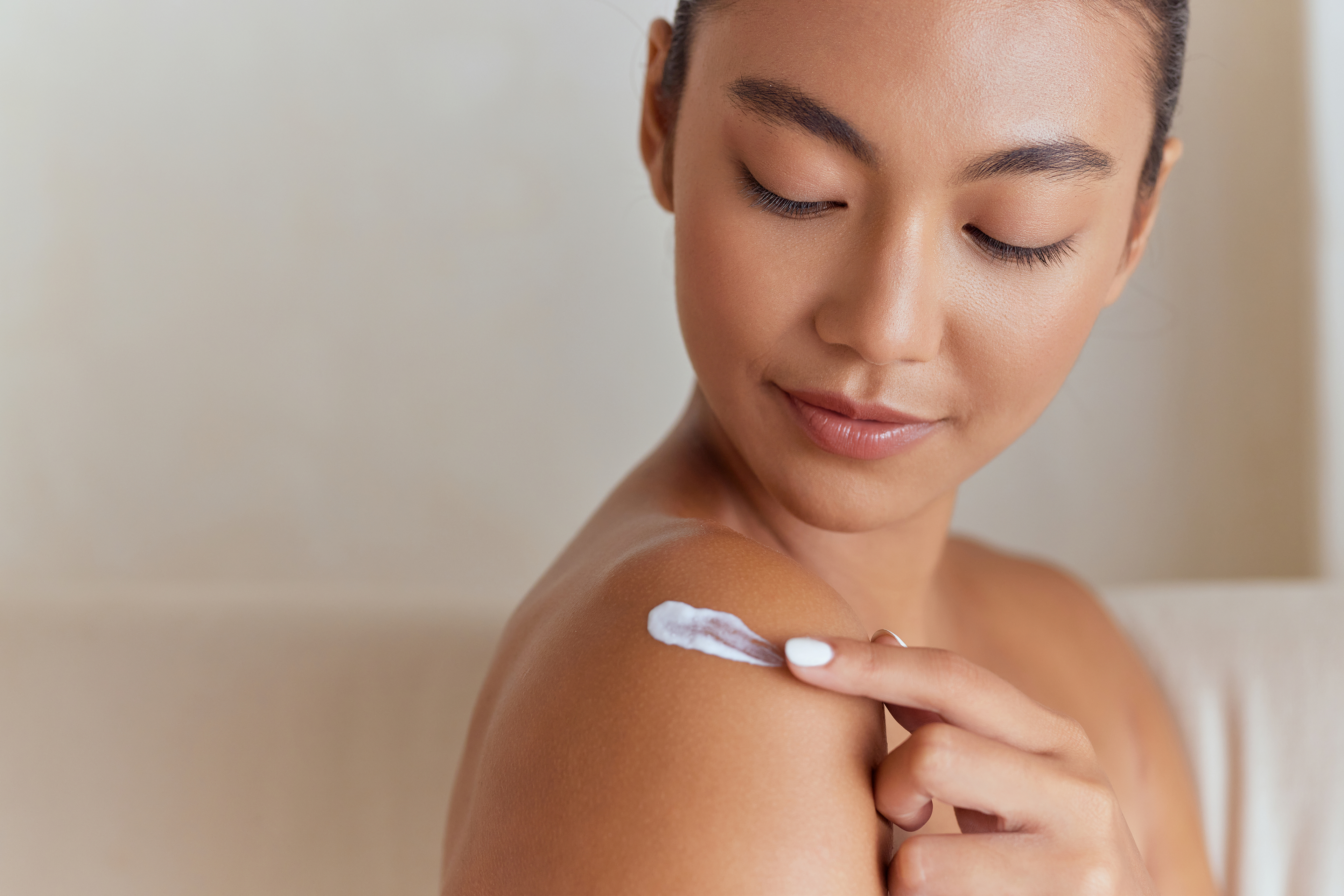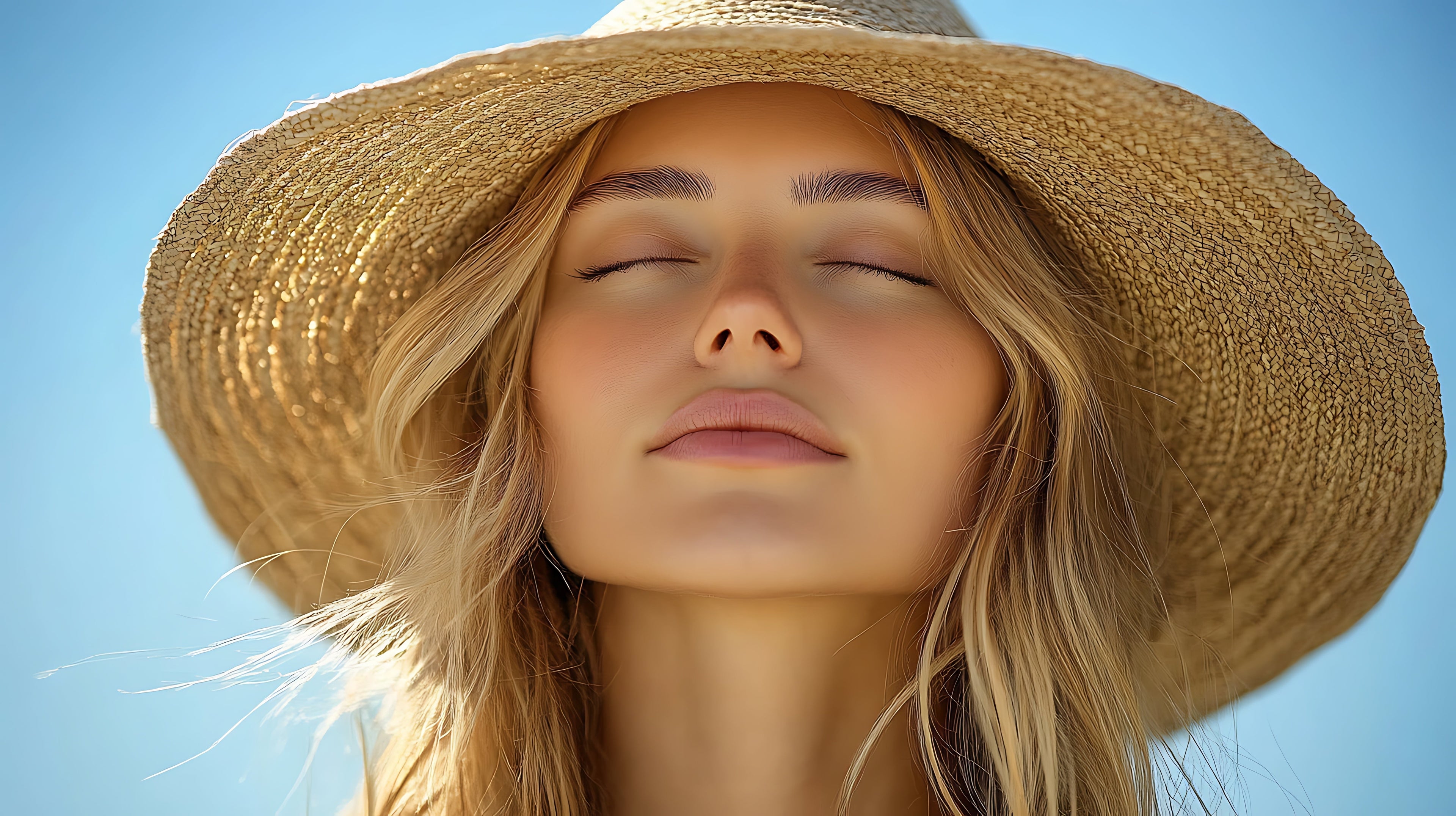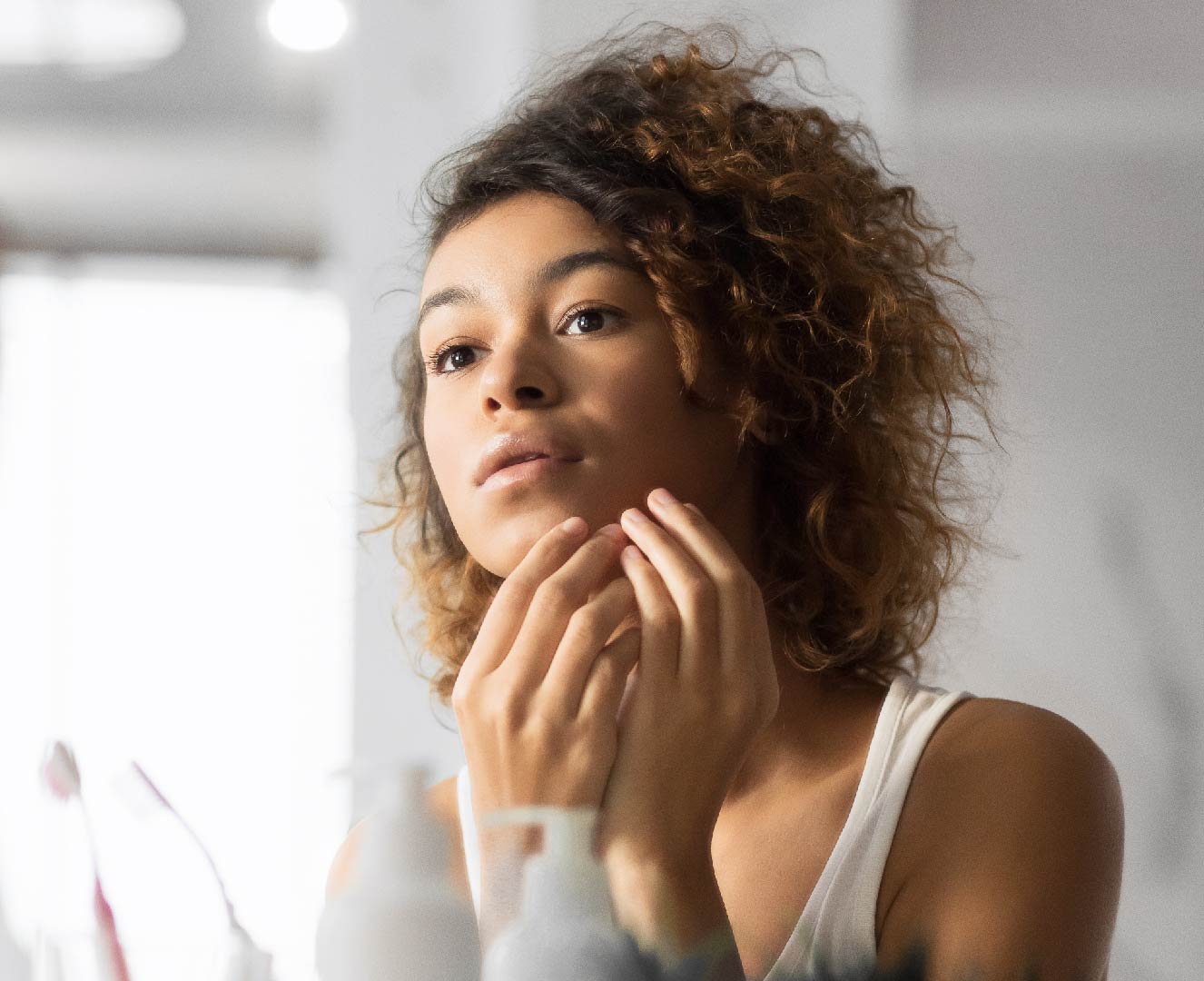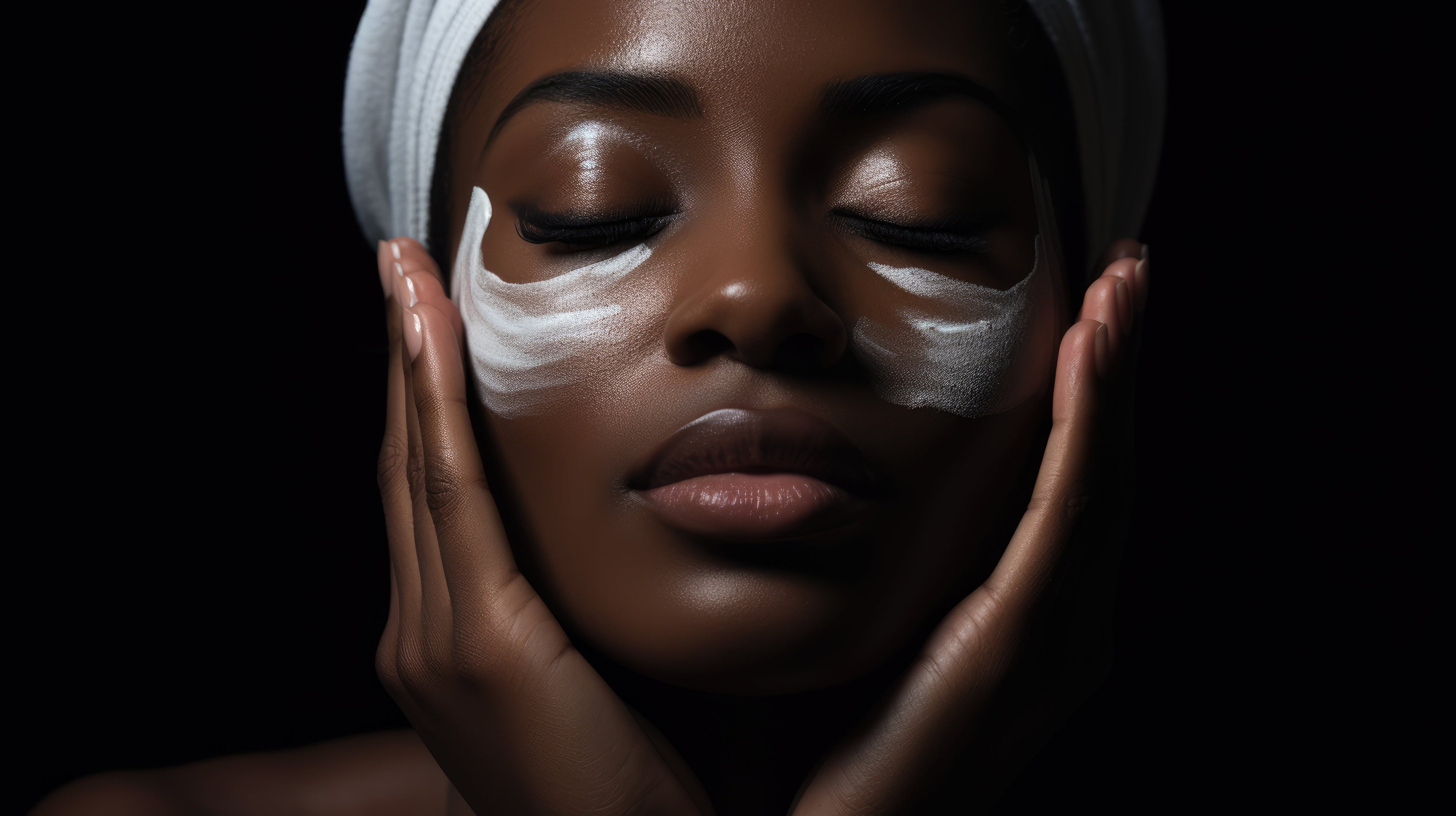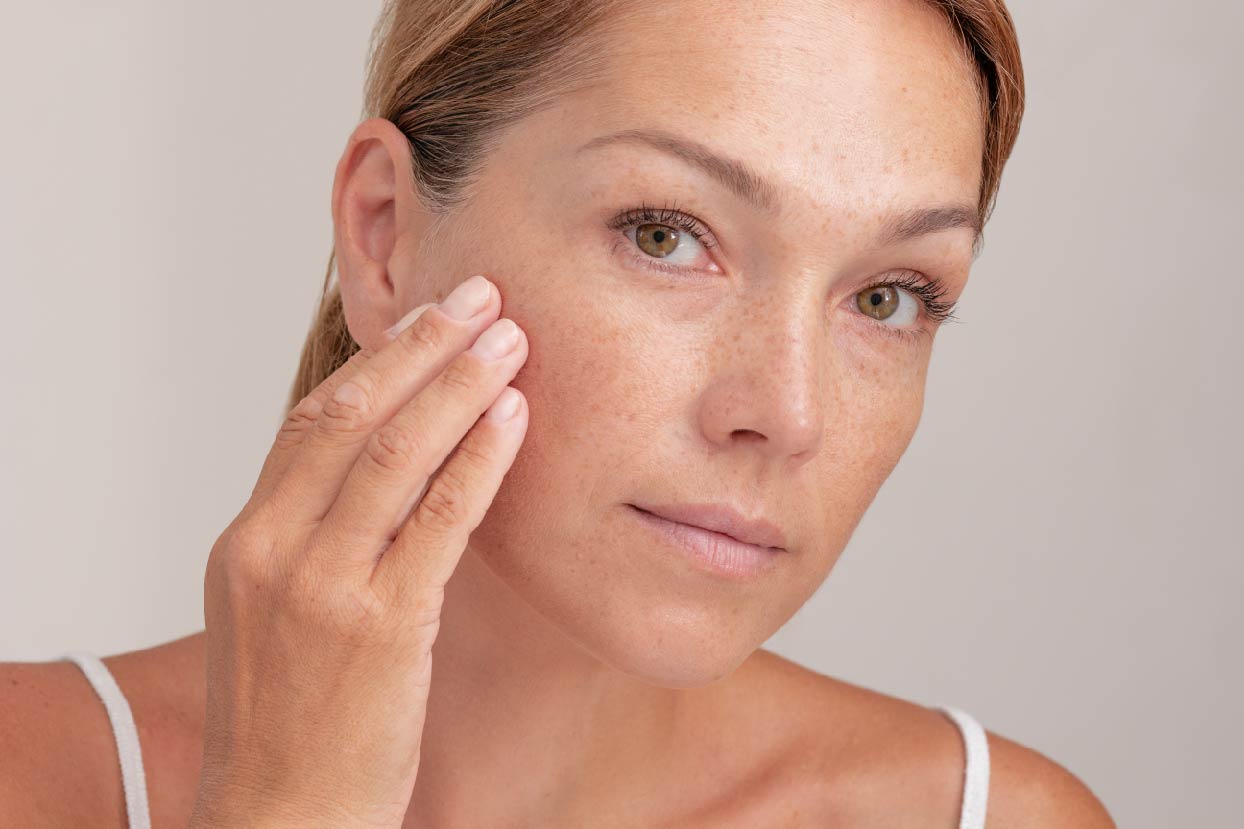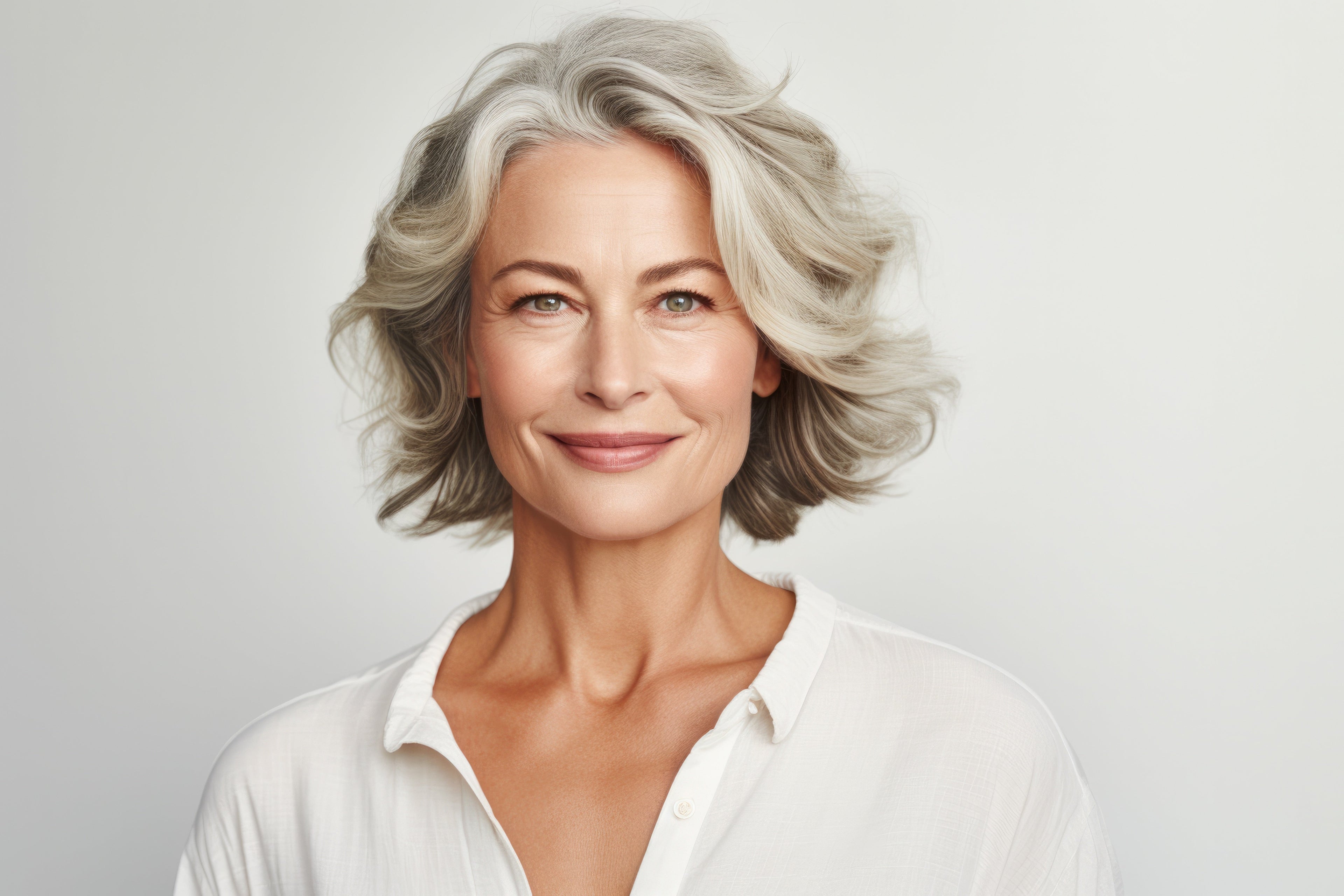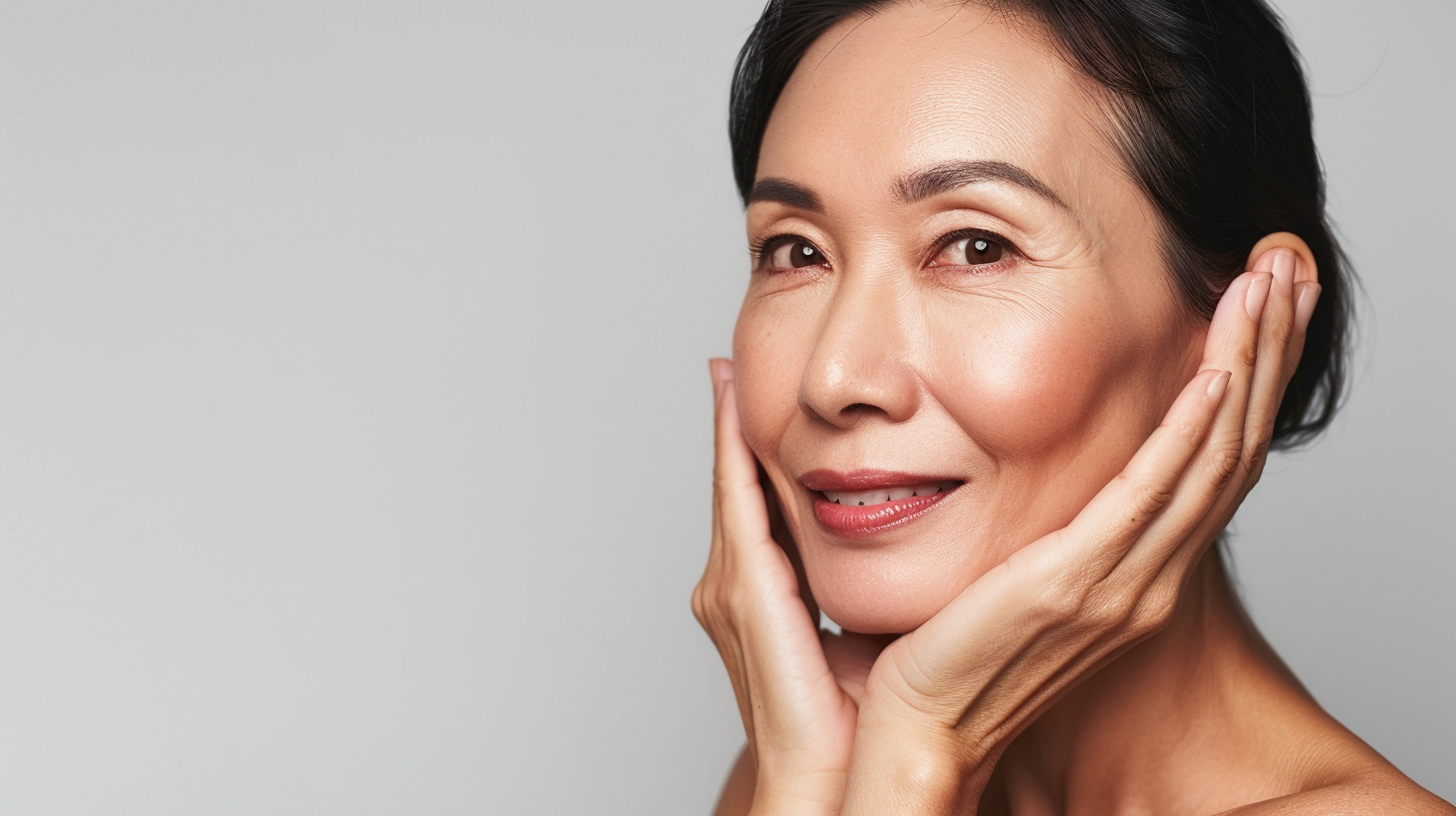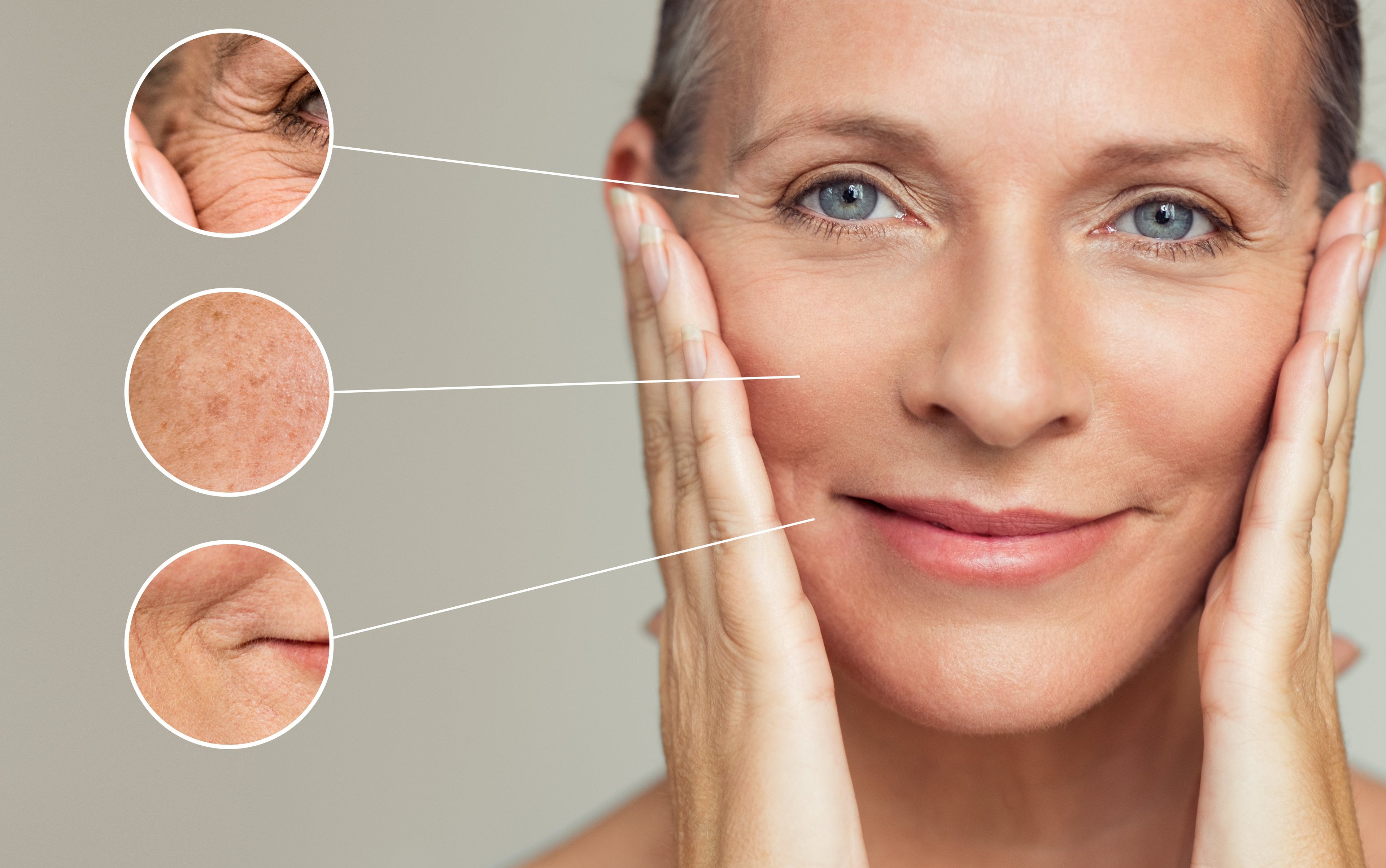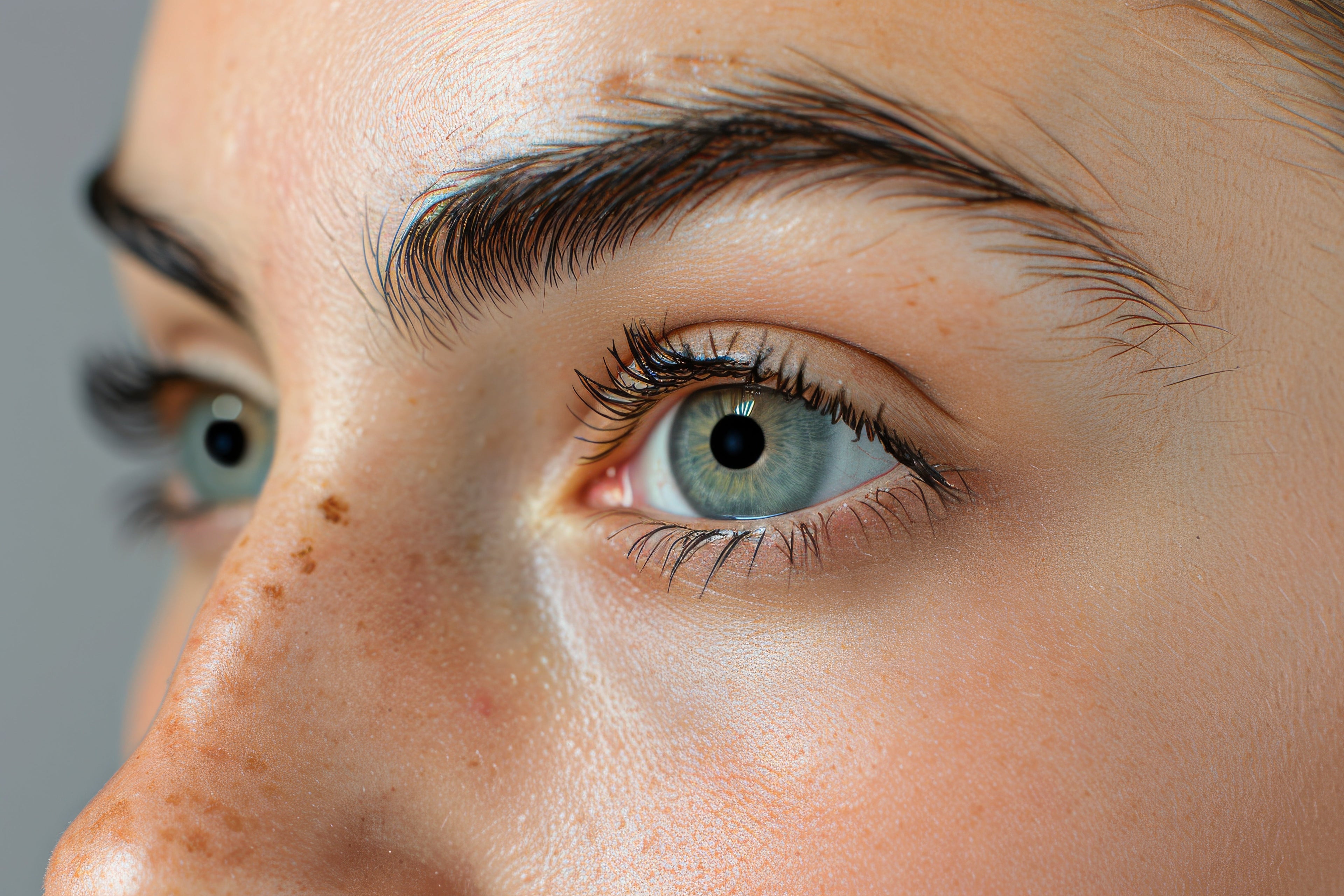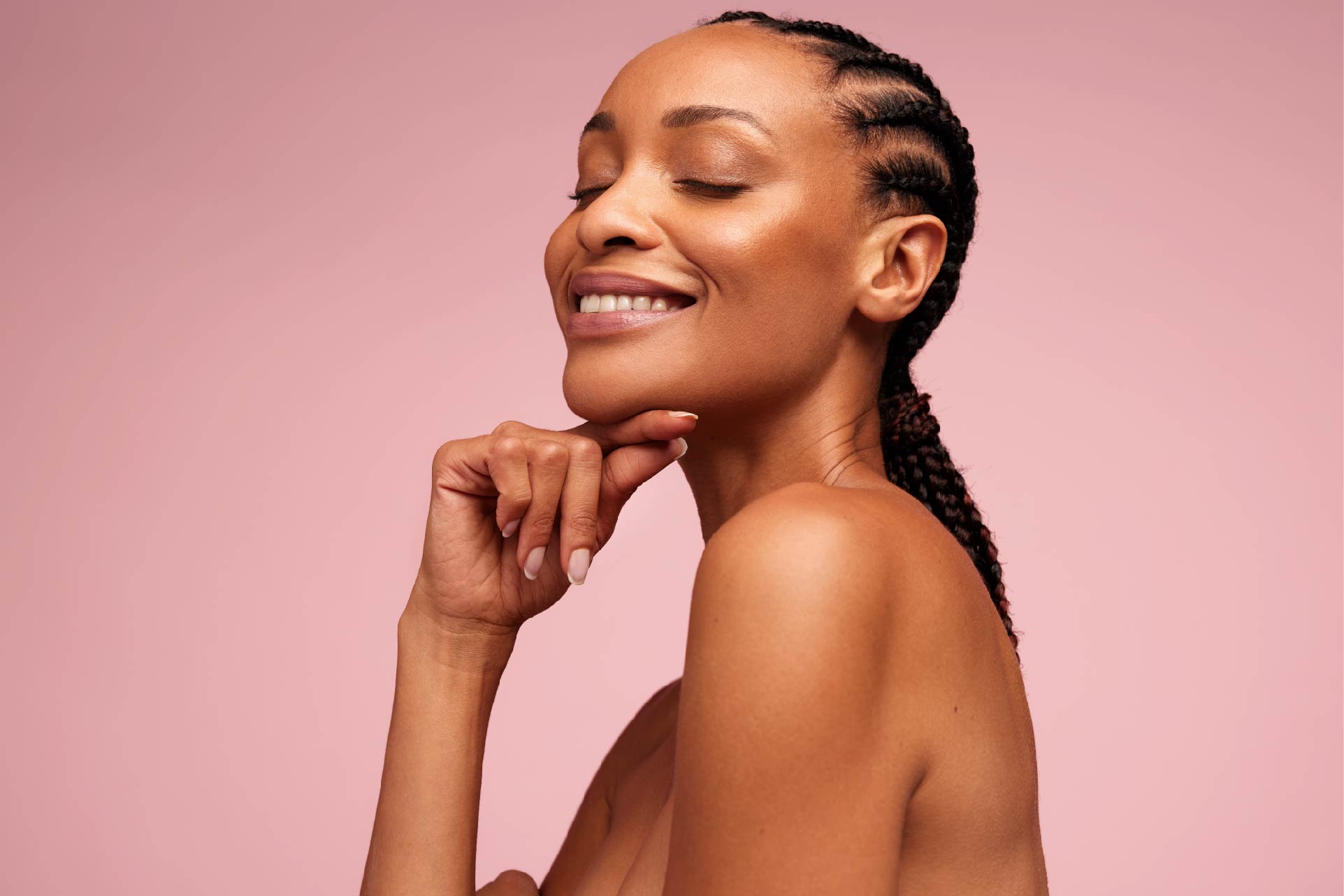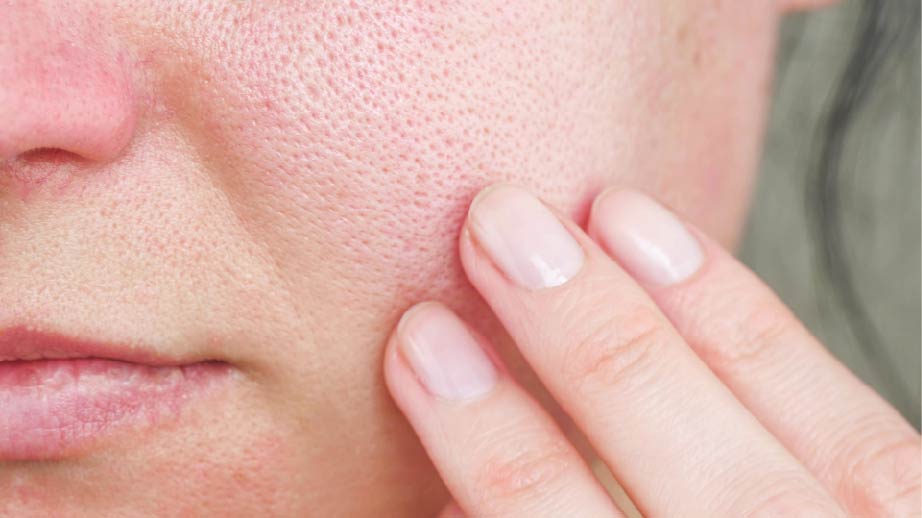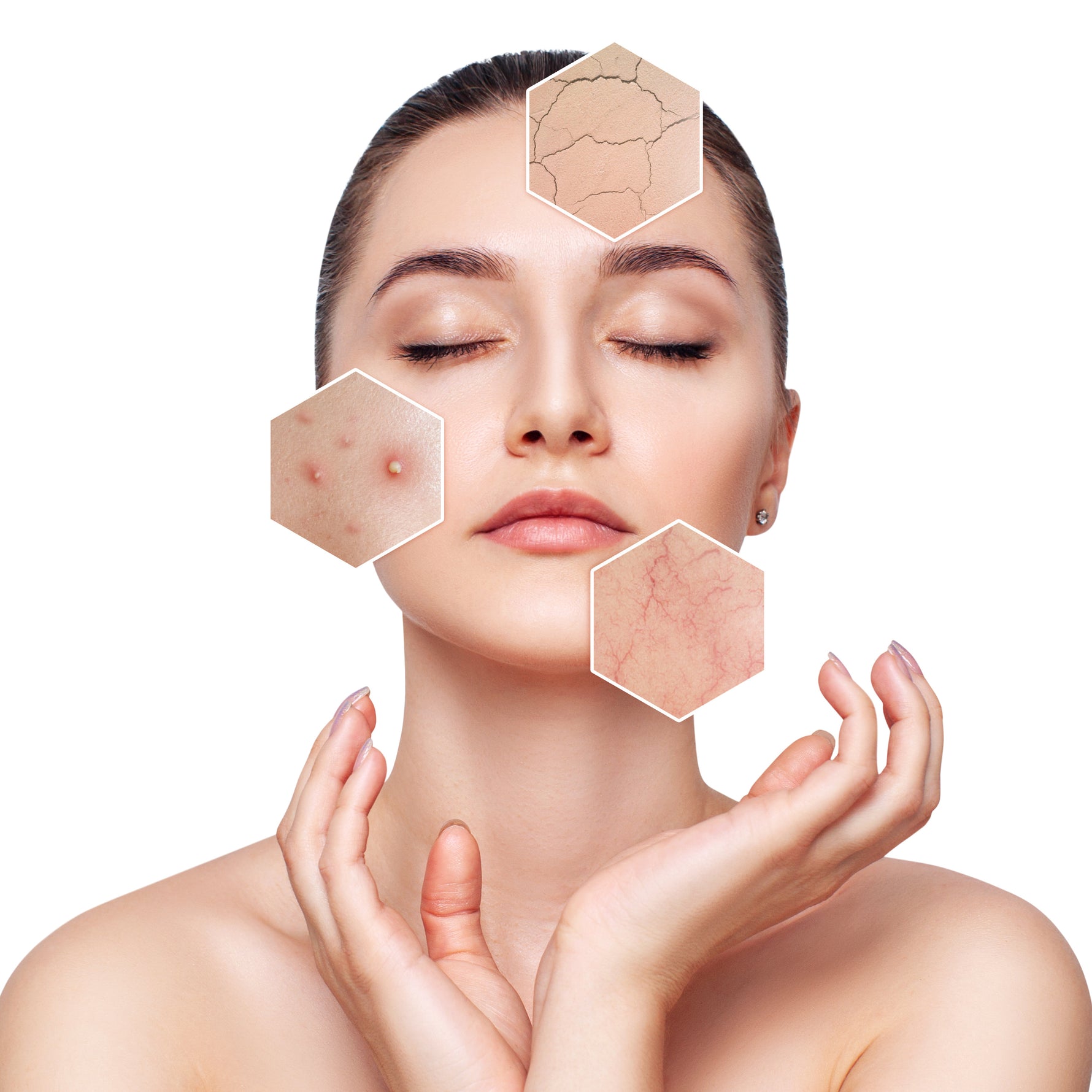Articles

Articles
Reversa: Cruelty-free, vegan dermocosmetic products
on Jan 01 2025
PETA certification assures consumers that a product’s ingredients do not include any raw material of animal origin and that the company does not conduct, commission or pay for animal testing for any of its products, ingredients or formulations. Ingredients may be natural, plant-based or synthetic; none can be obtained from an animal or an insect, its production, or any other living species. This means that all Reversa products are free of ingredients such as keratin, lanolin, beeswax, collagen, carmine, gelatin, etc.
“Nature provides researchers and formulators with more than enough to help them develop effective, high-quality dermocosmetic products,” stated Pierre Simard, Scientific Director.
The bunny logo and “Cruelty-Free and Vegan” claim on Reversa packaging indicate that the brand respects these requirements.
Proven effectiveness
“We have never compromised on the quality of our dermocosmetic products. This was even more of a priority when we began creating vegan and cruelty-free formulations,” asserted Maryse Noël, General Manager of Dermtek Pharma, the company behind the Reversa brand.
The anti-aging properties of plant-derived or synthetic ingredients are highly effective. “We use a wide variety of raw materials proven to have real benefits, to address consumers’ different skin concerns: antioxidants, anti-wrinkle, anti-spot, brightening, etc. All of this is possible now,” explained Élyse Coll, Chemist and Product Formulator for the brand.
The Reversa brand is recognized for the effectiveness of its products. That’s why, for over 25 years, Canadian dermatologists have been recommending their products. All made without the use of animal testing, of course. Today, scientists have new ways available to them to conduct tests such as in vitro as well as remunerated voluntary human trials. “Thanks to alternative methods that have been developed over the past years, we are able to very clearly demonstrate both the effectiveness and safety of our products without having to test on animals,” added Michèle Lalande, Scientific Advisor at Dermtek Pharma for over 30 years. Notably, current Canadian law does not yet ban the use of animals in regulatory testing of cosmetic products for sale.
An authentic company
Dermtek Pharma is a company that stays in step with the times. Its leaders are fully mindful of the pressing issues that must be addressed today to protect the environment and all living species, so that we pass on a better world to future generations. For Maryse Noël, “this shift represents a natural evolution for the company’s activities. We can no longer justify doing things any other way. Environmental and ethical issues are at the heart of the design, research and development of our products.”
According to Michel and Marie-Claude Lavoie, owners of the Canadian company, “as a family-run SME, we are fortunate to be close to our consumers. This allows us to have conversations with them, be in tune with their expectations and to turn around quickly when necessary to bring them products they’re seeking. This closeness is an important advantage for us that other larger companies don’t necessarily have the privilege of having.”
Reversa remains to this day one of the few Canadian dermocosmetic brands to offer a line of safe, scientifically proven vegan and cruelty-free products. The company will deploy all efforts necessary to continue innovating while staying deeply committed to these values.
* PETA: People for the Ethical Treatment of Animals
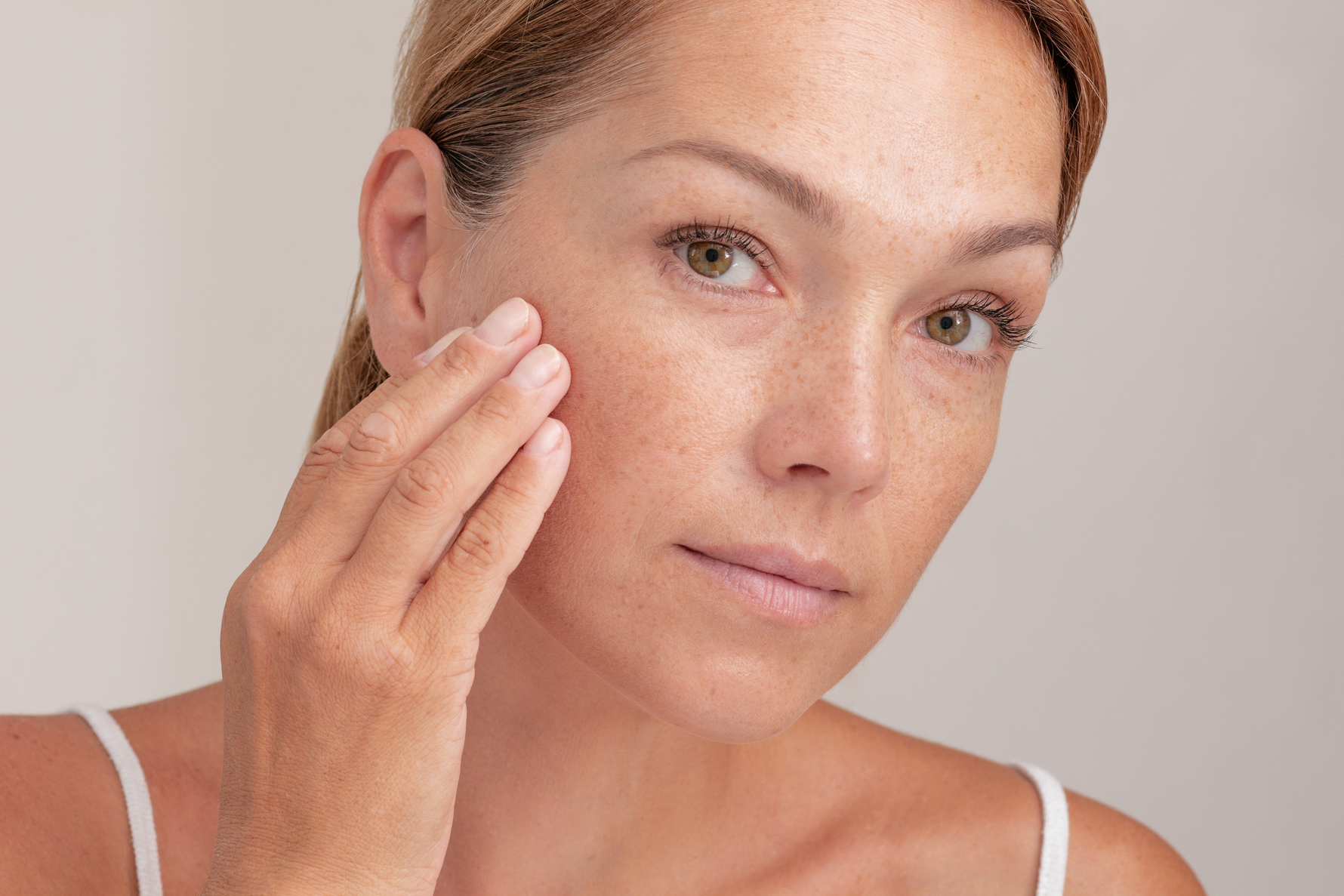
Articles
Anti-Spot and Lightening Advice
on Jan 01 2025
Age spots (also known as liver spots or solar lentigo) are brown, usually harmless discolourations of the skin caused by prolonged and repeated exposure to sunlight. They are most common in people over the age of 40 and usually appear on sun-exposed areas such as the face, neckline, arms, shoulders and hands.
Although generally benign, brown spots are considered unsightly and tend to make the skin look older. Not great if you want to look and feel as young as possible.
What causes brown spots
Although brown spots have been linked to age, many factors can cause hyperpigmentation of the skin, the most important being repeated exposure to solar ultraviolet rays. They may also be caused by certain drugs such as oral contraceptives and may be associated with hormonal changes experienced during pregnancy or menopause. Spots may also be the result of skin inflammation caused by injury, acne or a variety of other health problems.
All of these factors can increase the production of melanin, the brown pigment that gives spots their colour. It is the increased stimulation of the cells producing melanin that promotes skin discolouration.
Helpful advice
The first and best way to decrease the chance of developing age spots is to get in the habit of limiting your exposure to the sun and using an effective sunscreen whenever you do go out. Age spots develop after years of exposure, so be diligent about protecting yourself from the sun’s harmful rays today if you want to prevent their future formation.
Fortunately, great innovations have emerged from scientific research on the reduction of age spots. Reversa offers a variety of products that will help you visibly reduce the appearance of these unwanted spots and restore a uniform complexion. Their action is based on the exfoliating and anti-aging effect of glycolic acid, on various plant extracts that inhibit tyrosinase enzyme, as well as on the antioxidant, brightening and unifying action of vitamin C.
Ideal for your daily activities, our Anti-Spot Lightening Cream is a day cream that contains 4% glycolic acid and a plant extract originating from the Canadian Prairies called Rumex occidentalis. The latter reduces the production of melanin, the brown pigment in dark spots, while exfoliating glycolic acid accelerates the elimination of pigmented cells.
The Anti-Spot Night Care is an excellent complement to the day cream. It contains 8% glycolic acid, as well as a complex of plant extracts (Rumex occidentalis, kiwi fruit water and Sophora angustifolia) which act in synergy to reduce the production of melanin while you sleep.
The Radiance Cream SPF 30 contains 4% glycolic acid, Rumex extract and vitamin C, and it also offers broad spectrum sun protection (UVA /UVB). It is therefore an all-in-one day cream that provides both the ingredients necessary for the reduction of dark spots and for maintaining good results.
The Radiance-C Concentrate contains a very high quantity of vitamin C (20%). Known for its exceptional anti-aging, anti-spot and antioxidant properties, it is the star molecule to choose to obtain uniform, healthy-looking skin with renewed radiance.
The Anti-Spot Brightening Serum is a glycolic acid-free option for those whose sensitive skin has more problem tolerating this AHA. It contains vitamin C and various plant extracts, including Rumex occidentalis, known to reduce very effectively the production of melanin.
In addition to fading hyperpigmentation, Reversa anti-spot day and night products soften the skin and improve its hydration. Used together, they help even out the complexion more quickly and reduce the appearance of other signs of aging.
Results
How quickly Reversa products reduce the appearance of brown spots is partly related to the amount of time it takes for your skin cells to regenerate. A minimum of four to six weeks is usually required for pigmented cells from the lowest levels of the epidermis to be pushed toward the surface of the skin and eliminated by exfoliation. That’s a realistic amount of time to expect before results become noticeable, provided you’ve used the Reversa products on a daily basis and diligently protected your skin from the sun.
It’s important to take note that some spots may be more difficult to attenuate and may require a longer period of product application. More aggressive methods—such as prescription medication or laser treatments—may also be required, as in the case of old and deep discolorations, or those that have appeared following inflammation of the skin.
(Original version published on November 29, 2019. Revised on June 4, 2020.)

Articles
on Jan 01 2025
Aging is part of life. And so are the wrinkles that come with age. Besides hydrating and protecting skin from the sun, there are also many options to help reduce the appearance of the signs of aging when the time comes. Understanding what causes them in the first place, is the most important.
How skin ages
There are two distinct types of aging. Aging caused by the genetic program we inherit is called intrinsic aging, and extrinsic aging is caused by environmental factors such as exposure to the sun.
Intrinsic aging
Intrinsic aging, also known as natural or chronological aging, refers to the physiological changes that the body and all its organs—of which the skin is the largest—undergo with the passage of time. What is commonly referred to as skin aging typically begins in our mid-20s when the rate of skin cell renewal decreases slightly. The layers of skin become thinner and gradually lose their ability to maintain moisture, which diminishes their protective role. Supportive layers are also altered by aging. A natural reduction in the amount of collagen and elastin (the substance that enables the skin to snap back into place) in the dermis means the skin loses its youthful resilience, leading to the formation of fine lines and wrinkles. Although the process is initiated in our 20s, the first visible signs of skin aging usually don’t appear until a few decades later.
The most common signs of intrinsic aging are:
Fine lines and wrinkles
Thinning, transparent skin
Deterioration of the skin’s surface layers and underlying support tissues, leading to loss of firmness (hollowed cheeks, eye sockets, sagging skin on hands and neck)
Increasingly dry, itchy skin
Inability to sweat sufficiently to cool the skin
Graying hair that eventually turns to white
Hair loss
Unwanted hair
Nail plate thins, half moons disappear and ridges develop
Since our genes control intrinsic aging, how the process unfolds varies greatly from one individual to the next. Some notice their first grey hairs in their 20s, while others don’t begin to grey until their 40s. But sooner or later, our skin invariably shows its age.
Extrinsic aging
A number of extrinsic or environmental factors also affect the normal aging process to prematurely age our skin. Repetitive facial expressions, gravity, sleeping positions, smoking and sun exposure all gradually eat away at the different components that give skin its healthy texture and glow. Of all the extrinsic factors, sun and cigarette smoking are by far the most damaging to the skin.
The sun
Just a few minutes of unprotected exposure to the sun each day over many years can cause noticeable changes to the skin. Freckles, fine wrinkles that disappear when stretched, rough and leathery skin, blotchy complexion, actinic keratoses (thick wart-like, rough, reddish patches of skin), and skin cancer can all be traced to sun exposure.
How the sun affects the skin depends on two factors: a person’s skin colour and their history of long-term or intense sun exposure. People with fair skin who have a history of sun exposure develop more signs of skin aging than those with dark skin. In darker skin, the signs of aging are usually limited to fine wrinkles and a mottled complexion. With repeated exposure to the sun, skin loses the ability to repair itself, and the damage accumulates. Numerous studies have shown that repeated exposure to the sun’s ultraviolet rays breaks down collagen and impairs the synthesis (production) of new collagen, which in turn makes the skin lose tone. Sun-weakened skin ceases to bounce back much earlier than skin protected from UV rays.
Smoking
Cigarette smoking causes biochemical changes in our bodies that are known to accelerate skin aging and the formation of wrinkles. Studies show that a person who smokes ten or more cigarettes a day for a period of ten years is statistically more likely to develop deep wrinkles and leathery skin than a non-smoker. Smokers also develop an unsightly yellowish hue in their complexion. These signs can be greatly diminished by stopping smoking. Even people who have smoked for many years show less facial wrinkling and improved skin tone once they quit smoking.
What to do?
Although you can’t slow down intrinsic or chronological aging, you can do something about extrinsic aging. For starters, try to limit your exposure to environmental factors that promote premature skin aging. Protect your skin from the sun, quit smoking and be conscious of your facial expressions.
Now, discover some of the most effective and proven anti-aging molecules that you will find in the Reversa dermocosmetic skin care line:
Scientists have widely demonstrated the benefits of glycolic acid, an alpha hydroxy acid (AHA), that significantly reduces the visible signs of skin aging. Glycolic acid, a true fountain of youth for aging or sun damaged skin, eliminates dead skin cells that give a dull appearance. It improves cell turnover, gives the skin a lighter, more even tone and a radiant, youthful glow. It’s also an effective moisturizer that can, after prolonged use, stimulate the production of collagen and glycosaminoglycans, which increases the skin’s thickness.
Retinol is also a proven anti-aging ingredient highly appreciated by dermatologists. Various clinical studies have shown that this molecule stimulates cell renewal, reduces the appearance of wrinkles and improves the firmness and suppleness of the skin. Retinol also reduces the appearance of age spots. The good news is that it is now possible to formulate creams that are well tolerated by all skin types, thanks to an encapsulation of the active ingredient and the addition of high-performance anti-irritant ingredients.
As for vitamin C, it is a powerhouse antioxidant. This vitamin, also called ascorbic acid, produces several beneficial effects for the skin while targeting various signs of aging: it stimulates the synthesis of new collagen, improves firmness and skin relief, decreases the production of melanin, the pigment responsible for the brown color of dark spots, then revives the uniformity and radiance of the complexion.Finally, certain peptides can also provide remarkable anti-aging benefits, particularly Matrixyl® Synthe’6TM. This small molecule boosts the synthesis of six skin-rebuilding essentials: collagens I, III and IV, hyaluronic acid, fibronectin and laminin-5. It provides a filling and anti-wrinkle effect by targeting the epidermis, the dermo-epidermal junction and the dermis. This peptide offers a non-invasive solution, visibly effective for the smoothing of facial wrinkles.
There are therefore several effective options to significantly reduce the appearance of the signs of aging and quickly regain soft, uniform and radiant skin. The goal of defying your age and showing a younger overall appearance is now attainable.
Click here to see the list of Reversa products containing glycolic acid.
The following product contains retinol:
Retin[A]list Cream
The following products contain vitamin C:
Radiance Cream SPF 30
Radiance-C Concentrate
Anti-Spot Brightening Serum
The following products contain Matrixyl® Synthe’6TM:
Corrective Night Cream
Collagenique CreamTM

Articles
on Dec 02 2019
Who can resist the sense of well-being that comes with exposure to the hot summer sun. Even in the dead of winter, the sun warms the body and soul, bringing back childhood memories of vacations spent playing in the sand—without sunscreen!
Although it can be a source of pleasure—and vitamin D, which promotes the absorption of calcium—the sun also has harmful effects. From painful sunburns to age spots, deep wrinkles and even cancerous tumours, the sun’s effects worsen over time.
You’re likely familiar with two of the more common sun-induced changes to your skin—suntan and sunburn. But what you may not know is that darkening and reddening of the skin are among the first signs of skin damage.
How the sun damages the skin
Every day, significant amounts of solar radiation reach the Earth’s surface in the form of visible and invisible ultraviolet (UV) rays. Although invisible UV rays account for only 5% of the radiation (the remaining 95% being visible light and infrared rays), they are largely responsible for skin damage.
Most of the ultraviolet rays are blocked by the ozone layer of the stratosphere (30,000—60,000 feet above sea level). These include short waveband UVC rays and large amounts of UVB rays. UVA, on the other hand, is not blocked by the ozone layer and reaches the surface of the earth in large amounts.
Although UVA radiation has less energy than UVB radiation, it penetrates deeper into the skin, causing it to deteriorate and age prematurely. Unlike high-intensity UVB radiation which causes skin to redden, UVA offers no visible warning signs of its harmful effects on the skin. Recent studies have shown that chronic exposure to UVA can cause damage to the collagen and elastic fibres which give skin its shape, definition and suppleness, thus causing wrinkling and, over time, premature skin aging.
UVB radiation is the most active in terms of producing redness, and is also referred to as sunburn radiation. UVB significantly decreases the levels of the skin’s natural antioxidants (vitamin E, vitamin C), thus impairing the skin’s ability to protect itself against free radicals. Free radicals are active molecules which can damage cells and tissues and are generated by exposure to sunlight. UVB is thought to be a potential cause of skin cancer due to the DNA damageit causes.
Characteristics of different types of radiation
Radiation type
Characteristics
UVC rays
Mostly absorbed by the ozone layer.
UVB rays
Do not penetrate deep into the skin. Mostly absorbed by the skin’s upper layers.They are responsible for the short-term reddening of the skin and, in the long term, may promote skin cancer.
UVA rays
They have a much lower energy level than UVB rays. Their biological effects are cumulative (long term).They penetrate deep into the dermis and interfere in the photo-aging process and are responsible for the development of certain skin cancers.
How to protect your skin
Although the dangers of sun exposure have been well documented, the vanity of having a deep tan continues to represent health and wealth in the minds of many teens and adults. Unfortunately, there has been a lack of urgency concerning prevention of skin damage due to sun exposure among most age groups. This is because it takes decades before skin aging becomes apparent to the naked eye in the form of deep wrinkles, age spots and leathery skin.
Many of the sun care products marketed around the world contain UVB filters and thus provide adequate protection against the reddening effects of UVB rays. The protective effects of such products are rated by their SPF values (Sun Protection Factor). The higher the SPF, the better protection it provides against UVB light. Unfortunately, such products provide a false sense of protection and actually encourage sun worshippers to spend more time outdoors.
Some products also provide protection against the shorter UVA wavelengths (UVA II: 320—340 nm), but they do not protect against the longer UVA wavelengths (UVA I: 340—400 nm), which penetrate much deeper into the skin, causing formation of fine lines, wrinkles and other damage. When combined with UVB filters, a broad-spectrum UVA filter such as Parsol 1789 used in all Reversa UV formulations, provides protection against the entire spectrum of UVB and UVA, thus protecting against the formation of fine lines, wrinkles, age spots and skin damage in general.
If you want to keep your skin looking and feeling healthy and young, here’s a short list of helpful tips:
Protect yourself against daily sun damage by applying sunscreen prior to sun exposure, even indoors. Whether you’re driving to work or just sitting by a window, you’re still exposed to harmful UV rays.
Stay out of direct sunlight and seek out a shady spot whenever you can. Wear a hat, UV-blocking sunglasses and clothing that protect your entire body.
Avoid the afternoon sun. Steer clear of the sun between 10 a.m. and4 p.m. to limit the damaging effects of solar UV rays.
Avoid tanning, both outdoors and indoors under artificial UV light.Your skin will thank you later.
Schedule an appointment with your dermatologist for expert advice on how to better take care of your skin and identifyany unusual changes to it.
If you use rejuvenating skin care products with glycolic acid and an SPF value, make sure they contain the broad-spectrum UVA filter Parsol 1789 and UVB sun filters. In addition to providing effective anti-aging properties and hydration, they will protect your skin from the sun’s harmful rays and help maintain your skin’s youthful appearance.
The following Reversa products contain broad-spectrum UV protection with Parsol 1789:
- Anti-Wrinkle Cream SPF 15- Anti-Wrinkle Cream SPF 30- Anti-Wrinkle Eye Contour Cream SPF 15- Radiance Cream SPF 30 - Urban Protection Hydrating Care SPF 30

